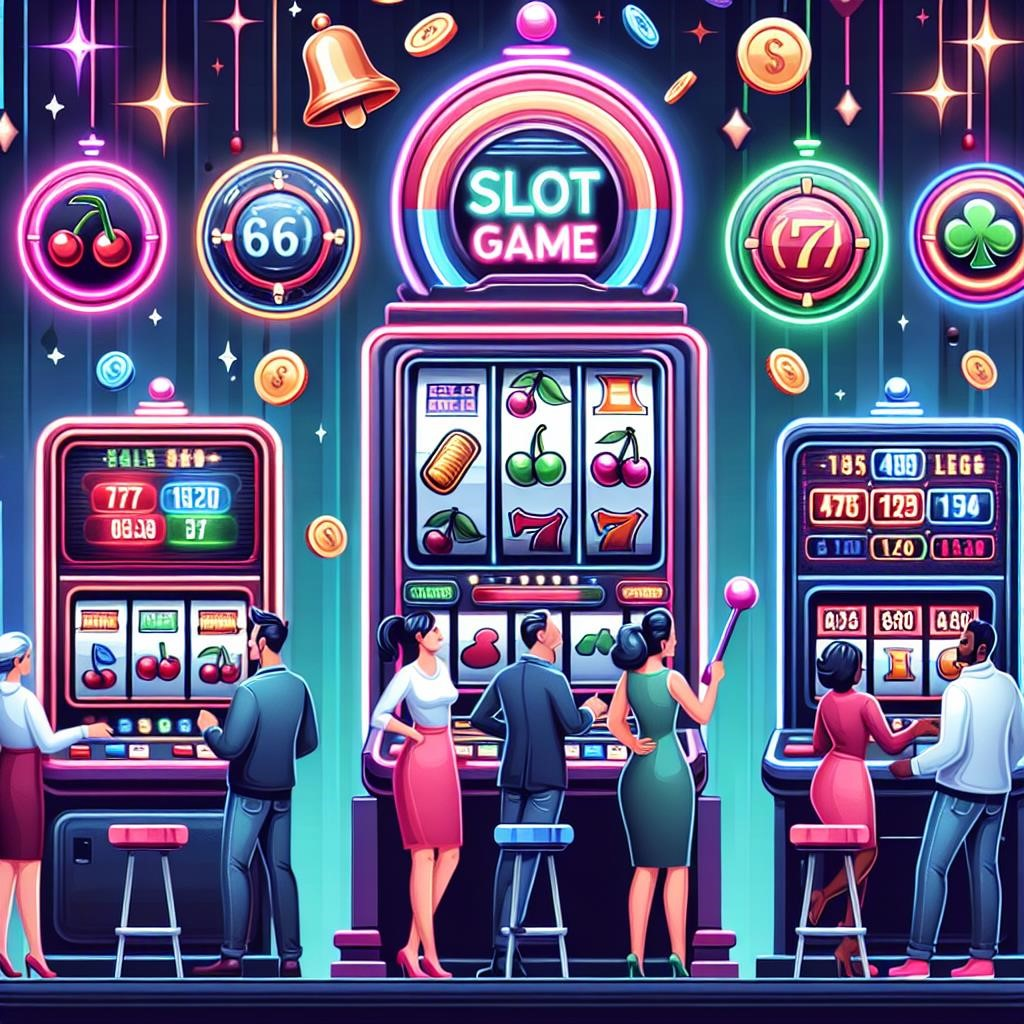Slot games have become one of the most popular forms of entertainment in casinos and online gaming platforms․ With their vibrant graphics, engaging themes, and the thrill of chance, they attract players from all walks of life․ To appreciate these games fully, it is essential to understand the mechanics behind them․
How Slot Games Work
At their core, slot games operate based on a simple premise: players spin the reels in hopes of landing winning combinations․ Here are the fundamental mechanics:
- Reels: Most slot games feature 3 to 5 reels that spin when the player presses the ‘spin’ button․
- Symbols: Each reel is adorned with various symbols, including fruits, numbers, and themed images․ Winning combinations depend on these symbols․
- Paylines: These are the lines across the reels that determine winning combinations․ Traditional slots often have a single payline, while modern video slots can have multiple paylines․
- Random Number Generator (RNG): This is the backbone of all slot games․ The RNG ensures that each spin is entirely random, providing fairness and unpredictability․
Types of Slot Game Mechanics
Slot games come with various mechanics that enhance gameplay and player experience:
1․ Classic Slots
These are the traditional slot machines featuring 3 reels and a limited number of paylines․ They usually have simpler graphics and fewer features․
2․ Video Slots
These modern slots have 5 or more reels and offer advanced graphics, animations, and sound effects․ They often include multiple paylines and special features․
3․ Progressive Slots
Progressive slots have a jackpot that increases as players make bets․ A portion of each bet contributes to the jackpot, which can lead to massive payouts․
4․ Bonus Features
Many slot games incorporate bonus features such as:
- Free Spins: Players can spin the reels without wagering additional money․
- Wild Symbols: These can substitute for other symbols to create winning combinations․ journal
- Scatter Symbols: Landing a certain number can trigger bonus rounds or free spins․
Volatility and RTP
Two crucial factors that players should consider are volatility and Return to Player (RTP):
Volatility
This refers to the level of risk associated with a slot game․ High volatility slots may offer larger payouts but less frequently, while low volatility slots provide smaller, more frequent wins․
Return to Player (RTP)
RTP is a percentage that indicates how much of the wagered money a slot is expected to return to players over time․ For example, a slot with an RTP of 95% will return $95 for every $100 wagered in the long run․
Understanding the mechanics of slot games can significantly enhance the gaming experience․ Whether you prefer classic styles or the excitement of video slots with bonus features, knowing how these games work helps players make informed decisions․ Remember to gamble responsibly and enjoy the thrill of the spin!
